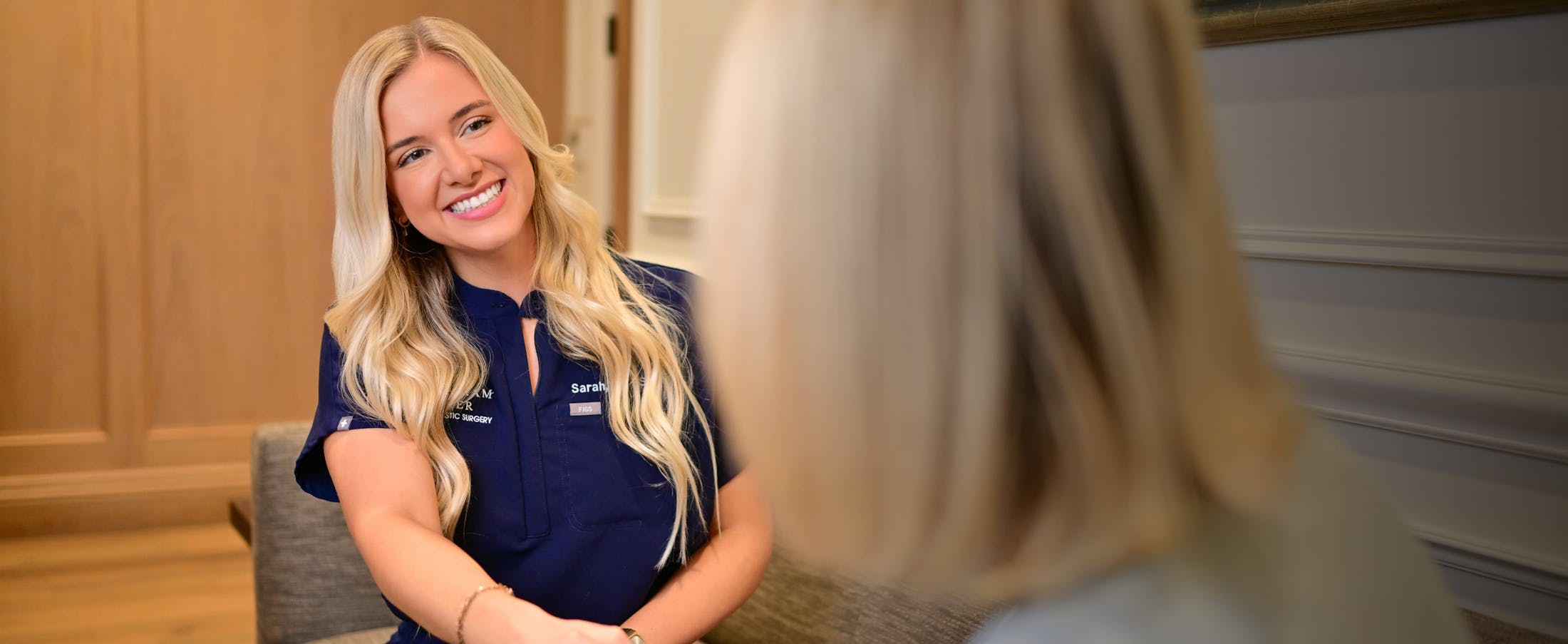

Many plastic surgery procedures have only a few associated techniques, making them less complex than others. Rhinoplasty, on the other hand, is one of the most complex and versatile cosmetic surgery procedures. This is because the nose is a prominent facial feature that involves many types of tissue, a variety of potential defects, and an important functional structure. Though many different techniques are used during rhinoplasty, there is one important technique that is used in almost every nasal surgery: cartilage grafting.
What Is Cartilage?
Cartilage is a connective material found in many areas of the body. It is a flexible, yet firm tissue that makes up much of the nose’s structure. Cartilage is what supports the breathing apparatus and influences the aesthetics of the nose. The nasal bones do not extend very far out from the face; cartilage and skin make up most of the rest of this projection.
The Purpose of Cartilage Grafting
Because cartilage is so abundant in the nose, rhinoplasty involves a great deal of cartilage manipulation. This often requires taking cartilage from one area of the body and using it in rhinoplasty to support or re-shape the nose. Grafting is invaluable to rhinoplasty surgeons, and can be used for many different purposes. Natural grafts using the patient’s own tissue are generally preferred, as they have a low rate of complication and infection while providing natural results.
Cartilage Grafts
There are many different shapes, sizes, and purposes of cartilage grafts. Some are purely structural, as the nose requires a great deal of support in order to function properly and maintain aesthetic appeal. Others are more cosmetic in nature, used to reshape the nose into a more cosmetically pleasing appearance. Here are some common graft types used in rhinoplasty:
- Spreader grafts: Used to widen narrow noses and aid in breathing
- Onlay grafts: For support and contour
- Columellar Strut: For tip projection and support
- Alar batten grafts: Used in cases of nasal collapse or a pinched nasal tip
- Radix grafts: Placed at the top of the bridge for a smooth appearance
These are not the only grafts that may be used in rhinoplasty surgery, but they are often important components in nasal surgery, and may be key even in rhinoplasty for the purpose of reducing the size of the nose.
Graft Sources
There are three areas of the body that can provide viable cartilage for rhinoplasty, and they all have their advantages and disadvantages. The first and most preferred source for cartilage grafts is from the nasal septum itself. This cartilage is best for rhinoplasty because it is very similar to the rest of the nasal cartilage and can be harvested during the procedure itself, negating the need for further incisions. The drawback of septum cartilage is the abundance–only a limited amount is available before internal nasal structures are weakened. Septum cartilage is commonly used during primary rhinoplasty.
If there is not enough nasal septum cartilage available, ear cartilage is the next source surgeons typically turn to. This cartilage is flexible and can be removed without significant changes to the ear shape or noticeable scarring. The drawback to this type of material is again, the abundance.
Rib cartilage is strong and abundant, but harvest can involve more discomfort and scarring to the patient. It is the least preferred source, due to the possibility of warping and other issues, but it can be very useful in some cases.
Your Procedure
Before the day of the operation, you and your surgeon will discuss your procedure, and he or she should be willing to speak with you about the techniques and plan for your surgery. Don’t be afraid to ask questions–understanding the surgical process can help you feel more comfortable about the procedure. Each surgery requires a custom approach, and your surgeon will tailor your procedure according to your goals and needs.
Your Surgeon
When selecting a rhinoplasty surgeon, it is extremely important to do meticulous research and trust your instincts. Because rhinoplasty is such a difficult procedure, it is crucial to choose a board-certified plastic surgeon who has extensive experience in the surgery.
If you are looking for a talented facial plastic surgeon in Austin, then come to Buckingham Center and meet with Dr. Edward Buckingham. Dr. Buckingham provides patients with beautiful, natural results, customized to their needs. Call 512-401-2500 today to schedule your consultation.


